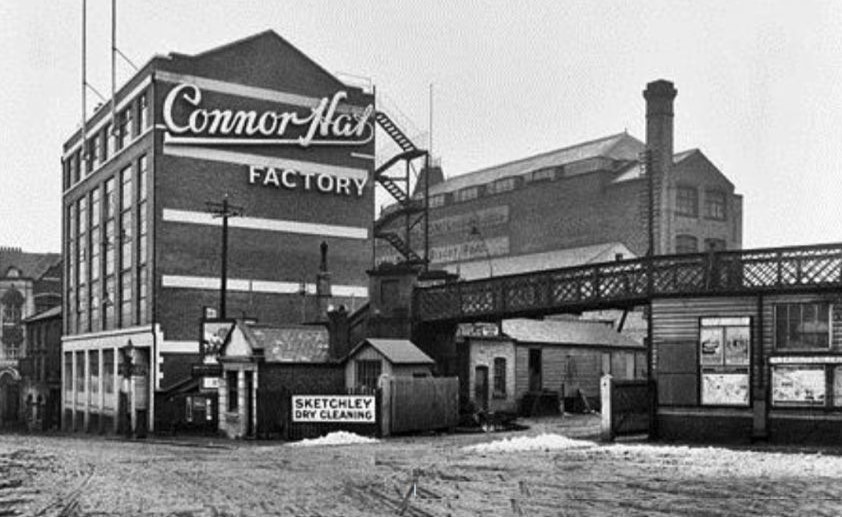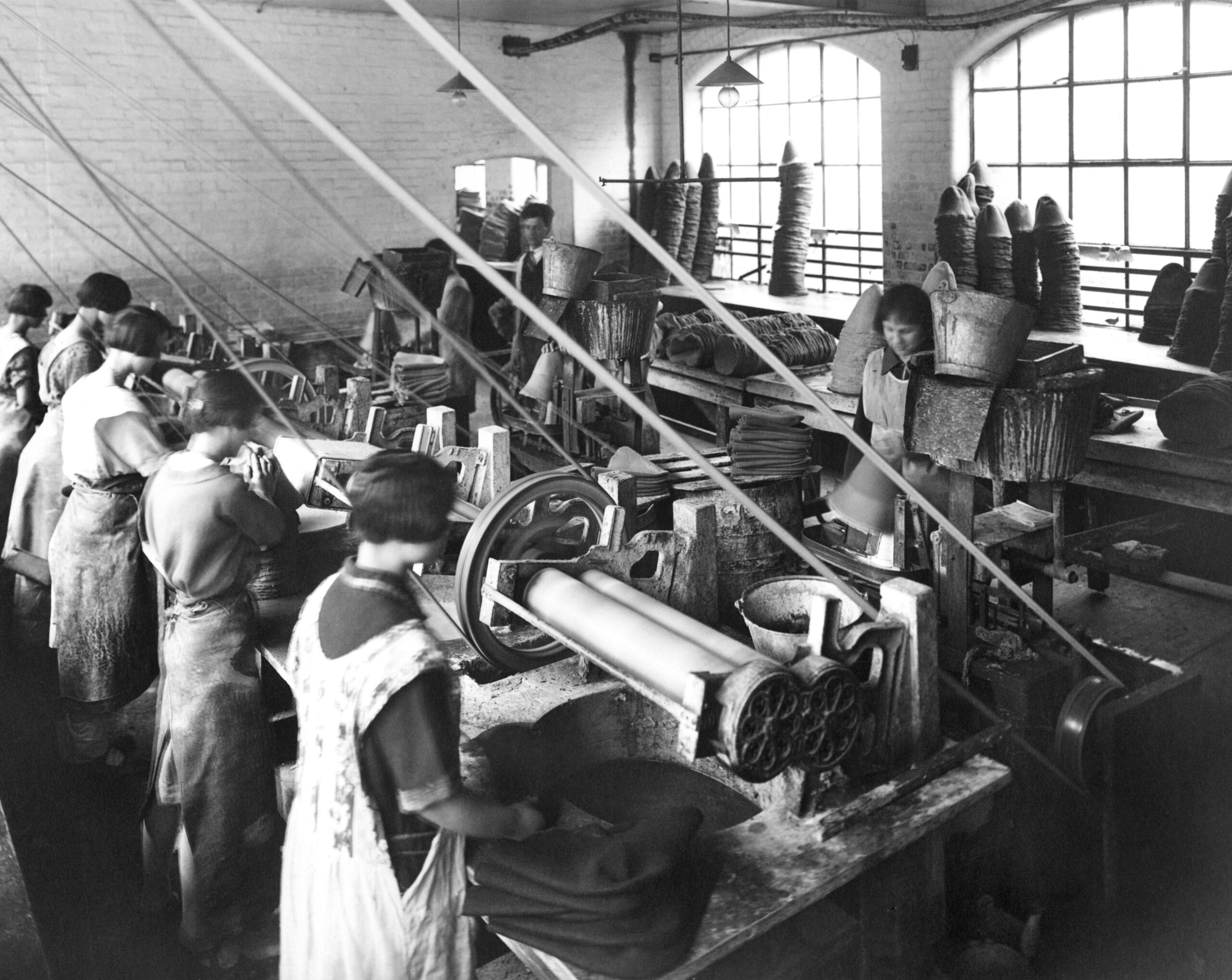
Behind Luton’s historic facades lies a remarkable story of innovation, where local craft became global fashion.
Walk through Luton’s hat history
What started with local residents plaiting straw in their front rooms grew into something extraordinary – Luton became Britain’s hat-making powerhouse, with over 500 manufacturers bringing style and innovation to every corner of town.
How it all began
The roots of our hat-making heritage stretch back to the late 1600s.
The industry took off during the Napoleonic Wars (1803-1815), when Italian imports were cut off.
Local plaiters learned new techniques from French prisoners of war, and with our rich soils producing perfect straw for plaiting, Luton’s reputation for quality hat-making was born.

The Plait Halls era
In 1840, George Street buzzed with the energy of the plait market, where craftspeople traded intricate straw braids that would become world-famous hats.
The Plait Halls in Waller Street and Cheapside became the beating heart of the industry, where the finest materials were bought and sold.
From these humble beginnings, Luton’s hat trade began to flourish.
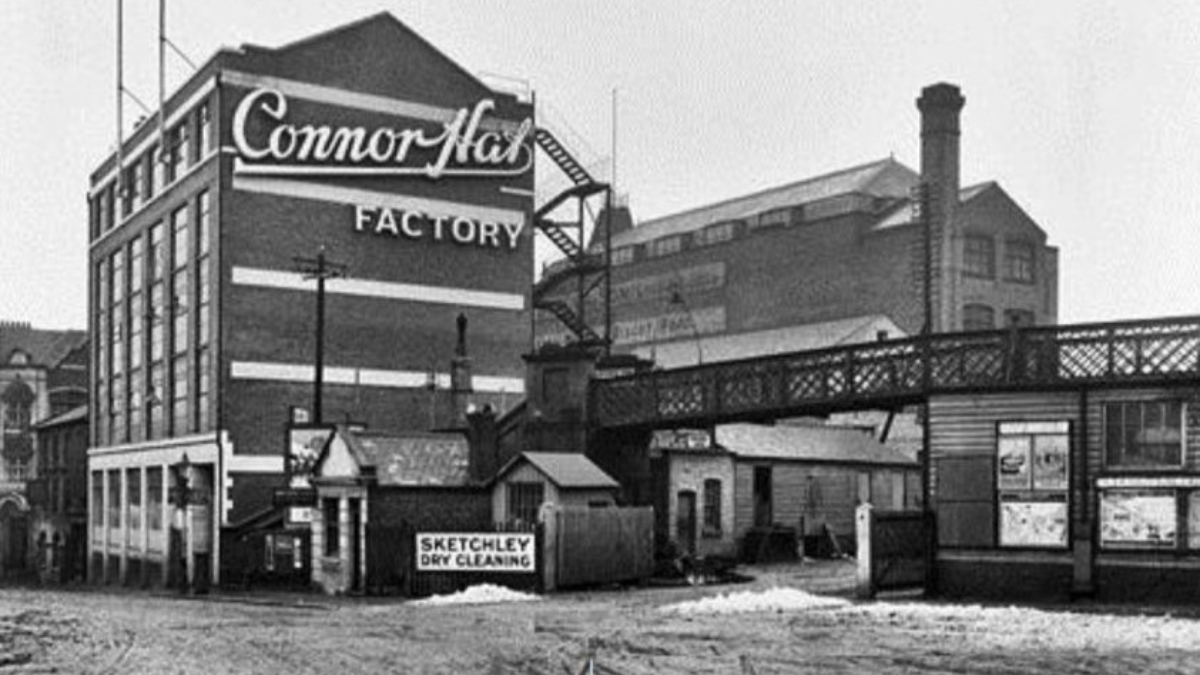
When railways changed our town
The arrival of the railway in 1858 revolutionised Luton’s hat trade.
Large factories clustered near the tracks, sending hats to customers worldwide.
The Waller family – among Luton’s most prominent hat manufacturers – shaped this district through their business ventures, as remembered in street names like John Street, Waller Street and Melson Street.
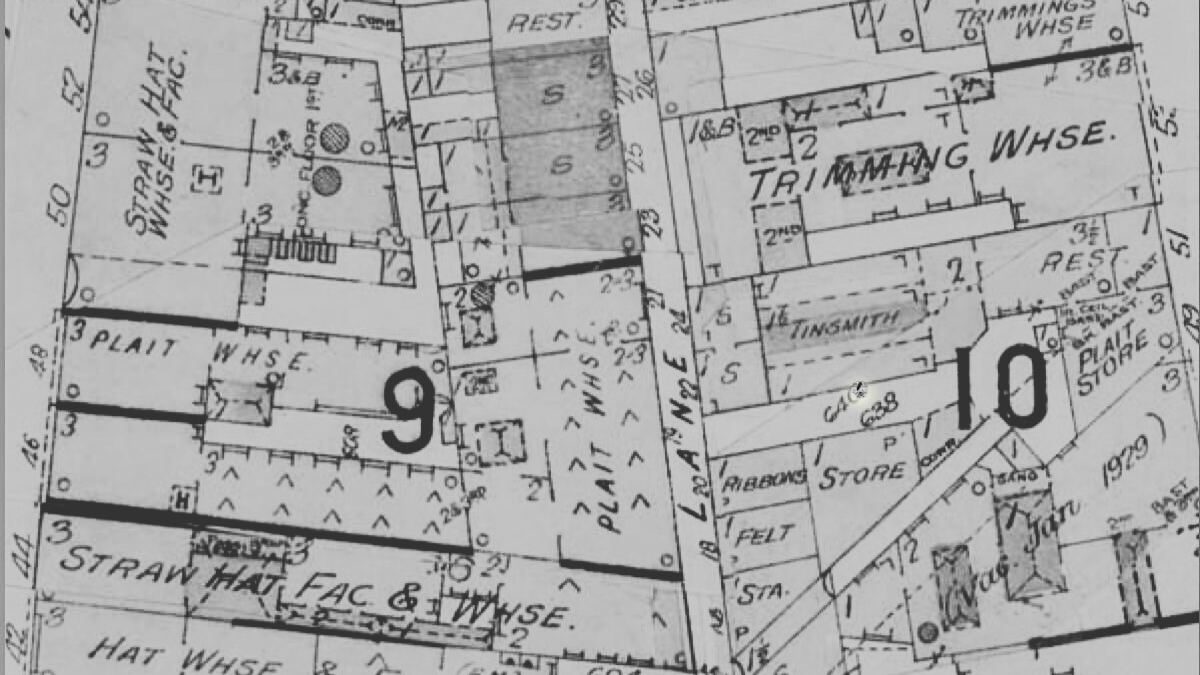
Innovation takes flight
As the industry grew, so did innovation.
Local engineer Edmund Wiseman revolutionised production in 1878 with his concealed-stitch sewing machine – still used by hat makers today.
The town’s entrepreneurs built global trading networks, bringing exotic materials from the Far East.
When fashion trends shifted after World War I, our manufacturers adapted skillfully, moving from straw to felt hats and developing Luton’s distinctive millinery trade.

Made by Luton women
The hat industry created unprecedented opportunities for women in an era when female independence was rare.
In Luton’s factories, women earned better wages than most jobs available at the time – even better than many men’s jobs.
During peak seasons from December to May, thousands of women came to work in the hat trade, shaping both the industry and the town’s character.
By 1871, an remarkable 15% of all females in Bedfordshire worked as straw plaiters.
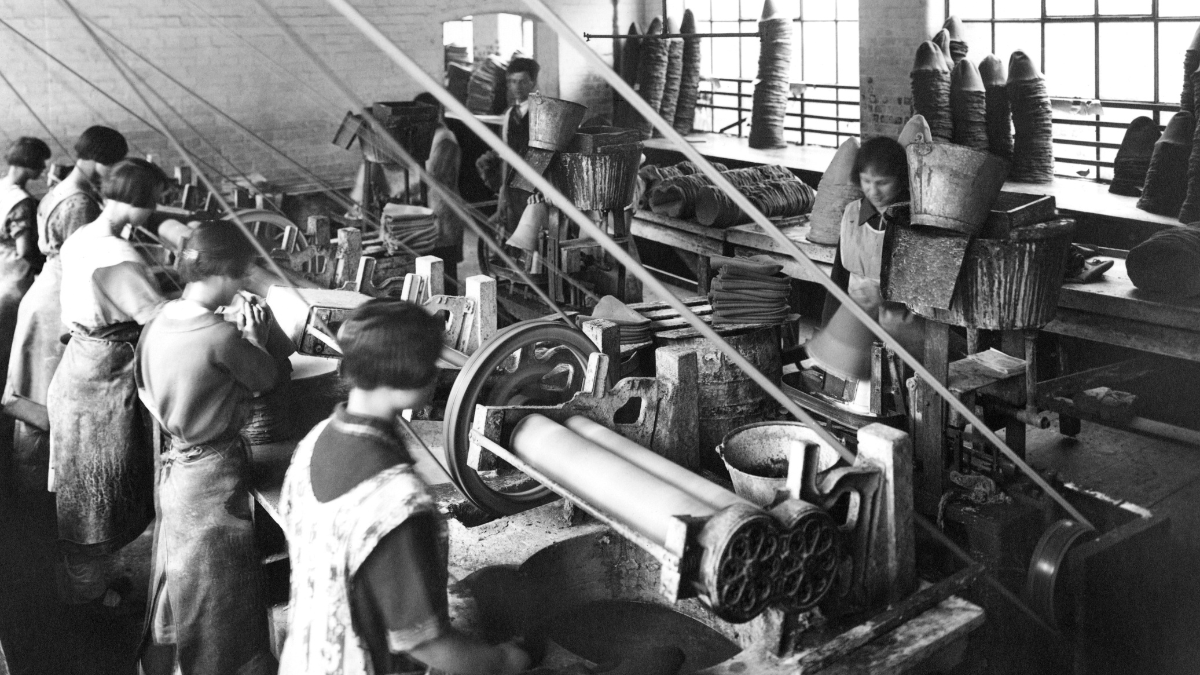
A town at its peak
By the 1930s, hat making defined Luton’s character from the commercial heart of the Hat District to workshops across High Town, Bury Park and Biscot.
The industry employed over 10,000 people and produced 70 million hats a year.
Look up and you’ll spot the tell-tale signs – distinctive saw-tooth roofs and large windows that once flooded workshops with natural light.

Still making Luton proud
No new hat factories were built after the Second World War, and few changes were made to existing buildings as companies began to contract rather than expand.
While the industry is smaller today, it remains remarkably complete – around 10 manufacturers are still active, alongside designers, material suppliers, bleaching and dyeing works, and block makers.
Everything needed to produce a hat can still be done in Luton, making us one of the few places in the world where the entire hat-making process lives on.

